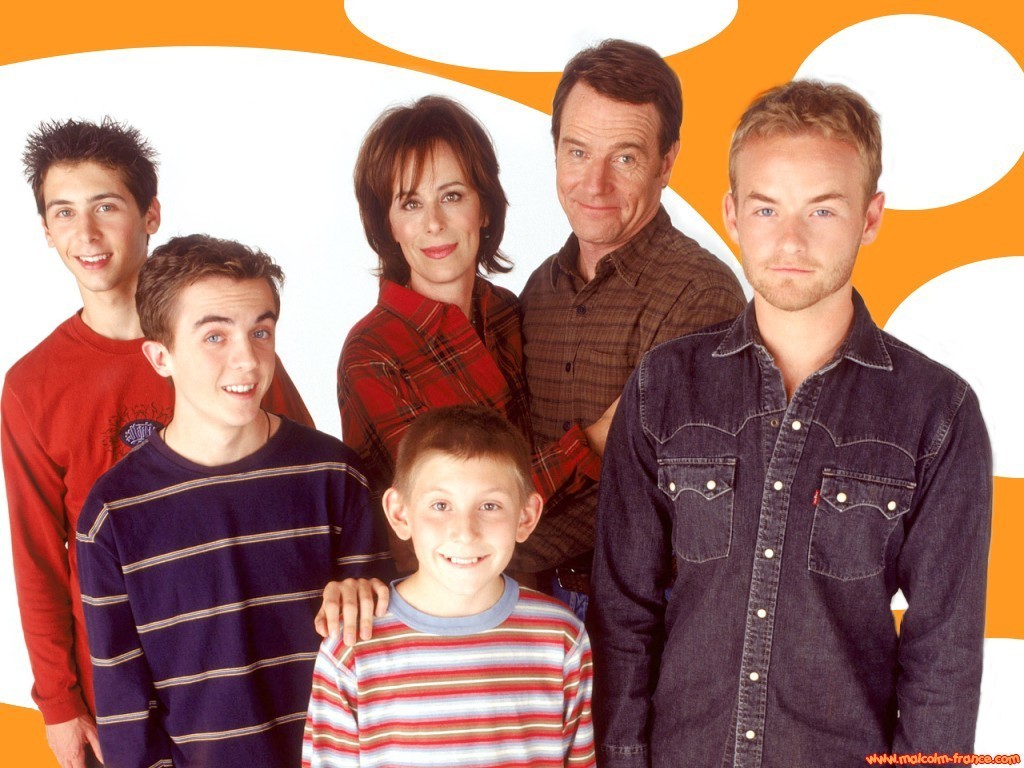What do Homer Simpson (The Simpsons), Al Bundy (Married with Children) and Hal Wilkerson (Malcolm in the Middle) all have in common?
They’re all examples of the so-called bumbling TV dad. He is the incompetent, physically present but often emotionally distant father archetype that is ever-present in modern family sitcoms. As common as this archetype is on the small screen, particularly in sitcoms (both animated and live action), it wasn’t always as prevalent as it is today. It really started out as a slight subversion of the “Father Knows Best” archetype that ultimately became exaggerated and accepted as the norm.
Happy Days No More
Arguably, Mr. C from Happy Days was one of the first TV appearances of the bumbling TV dad. Mr. C was a little less attractive than TV fathers before him and that was supposed to be a good thing. Originally, the idea was to show a more realistic example of a father, that is to say a man with less physical perfections, not necessarily dumber. What happened instead was that over time a new father archetype crept in and the old “Father Knows Best” archetype slowly but surely began to disappear. Father figures on sitcoms and cartoons went from being realistic, to just plain dumb. And, they gained weight as well. Somewhere along the way, realistic began to translate to overweight and lazy; which is quite a bit of a leap if you ask me.
The new archetype then became one of less attractive (sometimes overweight) and ineffective fathers, because apparently less attractive is synonymous with lazy and emotionally distant parenting. Why is this ok? Well, it may have something to do with trends in our culture with respect to fathers and the role that they have played in families- or lack thereof in some instances- since the late 1970s. Fathers were once seen as the rock of the family, but now the mother has assumed that role; somewhat emasculating the father at the same time. That is, if the father is even present in the home to begin with.
Tear Down the Father, Uphold the Mother
Mothers, on the other hand, get a much better deal in all of this. Sitcom mothers -like Marge Simpson for example- are often portrayed as the backbone of the family. They usually hold the family together by providing a strong sense of morals and emotional support to everyone (even their childlike husbands who sometimes engage in buffoonery); although the father still typically provides the majority of the financial support for the family. In some instances, however, that too has changed as more and more mothers are being portrayed as working moms on TV.
No Sign of Change
Today, the less attractive, ineffective and emotionally distant father-or bumbling TV dad- is more prevalent than say in the 80s and 90s, thanks to the decline in shows like The Cosby Show which featured a strong competent father figure. This archetype has also become the standard upon which family sitcoms are constructed. Regardless of whether or not the sitcom is animated, live action, dramatic or comedic in nature, the picture of a family now encompasses a less attractive father (sometimes overweight), a slim and attractive mother, and a couple of kids- usually one of each gender with at least one kid being a teenager.
Are we likely to see a change anytime soon? I doubt it. The fact of the matter is that until viewers, like you and me, stop supporting sitcoms with this archetype, it will likely continue on for the foreseeable future. That is, until some brave soul decides to take a risk and force change, but then again that’s what Michael J. Fox tried to do with the Michael J. Fox Show and that failed epically. Too bad, that was actually a good show.

